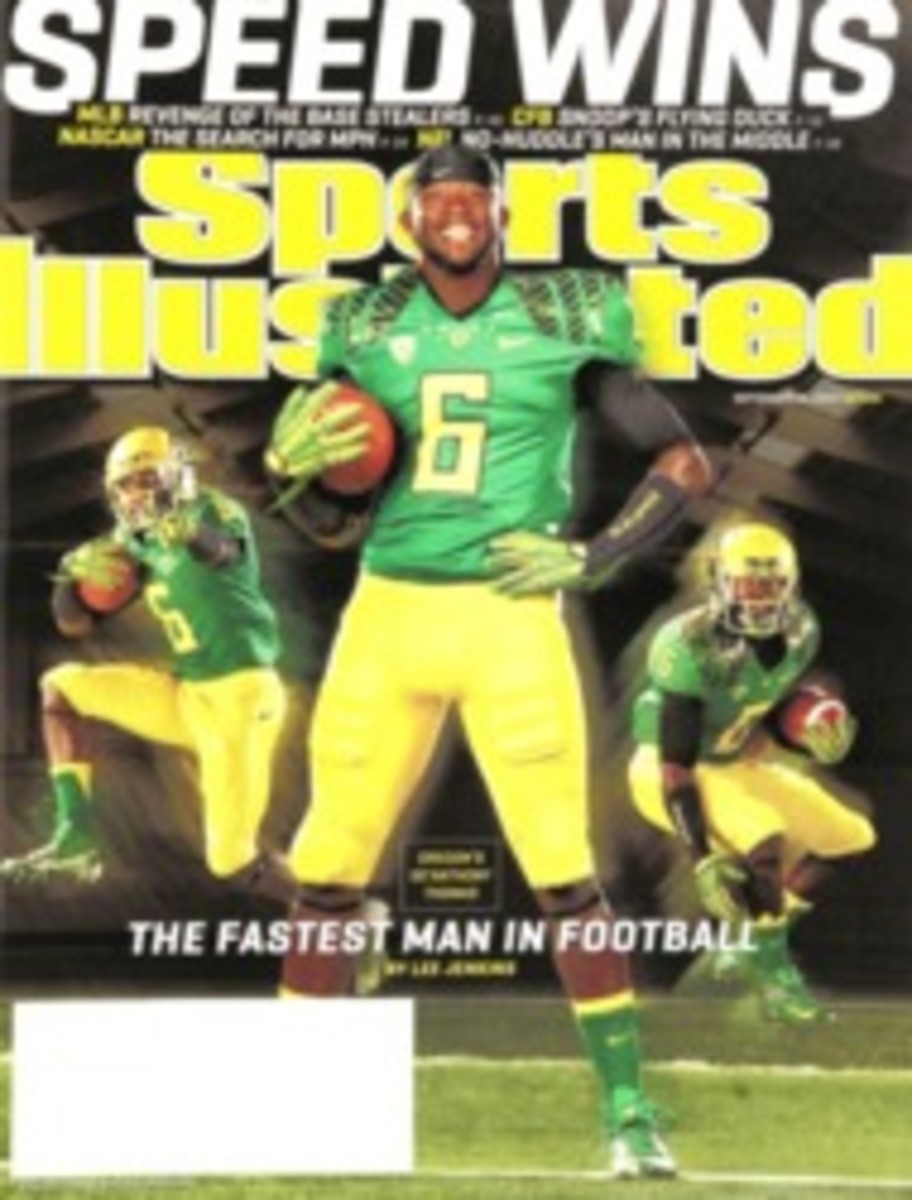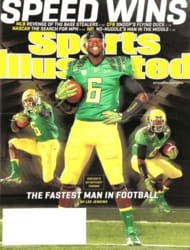
Deep Impact
HE DIDN'T HAVE AN OLYMPIC GOLD MEDAL, BUT THE GIANTS' HOMER JONES WAS THE EQUAL OF ANY BURNER IN NFL HISTORY—INCLUDING BOB HAYES
On Monday nights during the 1967 NFL season, Fran Tarkenton, the new quarterback of the New York Giants, would drive 15 minutes from his home in New Rochelle, N.Y., to head coach Allie Sherman's house in Scarsdale to plot that week's offensive game plan. The Giants were coming off a 1-12-1 season, and Tarkenton quickly realized he had only one difference-maker: 6'2", 228-pound receiver Homer Jones, who'd sprinted for the U.S. track team in '62 while attending Texas Southern.
"We have to get the ball to Homer," Tarkenton would tell Sherman. Invariably that would be the plan. In Jones's first game with Tarkenton, he had five catches, 175 yards and two touchdowns. In his third game, four catches, 196 yards and two TDs. "He was the biggest threat I'd ever seen," says Tarkenton. "When I came into the league, Willie Galimore was a blur. Then Gale Sayers, and he was faster than Willie. Then I saw Homer. He was an ox. He was a bull! He ran faster than Gale, faster than Bob Hayes!" Tarkenton says he once bet Cowboys quarterback Don Meredith $10 that Jones could outrun Hayes, the Dallas wideout who was the 100-meter world-record holder and 1964 Olympic gold medalist. As Tarkenton tells it, Jones won.
There are players from the 1960s who believe Jones was every bit the deep threat Hayes was, and the numbers bear that out. Jones averaged 22.3 yards per catch—best ever among receivers with more than 200 receptions. Hayes, a 2009 Hall of Famer, averaged 20.0. Jones also averaged a phenomenal 49.0 yards per TD catch.
After an injury-shortened stint with the Oilers, Jones joined the Giants in 1964, but he didn't really come into his own until Tarkenton arrived. The two developed three routes for Jones: a five-yard hitch (to an isolated Jones in space), a five-yard slant-and-go and a regular fly pattern. "On the fly," says Tarkenton, "I'd drop seven yards and throw it as far as I could. I couldn't overthrow Homer." The Giants improved by six wins in '67, and Jones led all NFL receivers with 13 touchdown catches.
Knee problems ended Jones's career after the 1970 season, and because his Giants teams were so bad, he'll go down as one of those how good could he have been? players. But don't think Hayes was the peerless speed receiver of the '60s, the first great burner. Strange as it sounds, history hid one with just as much impact, in New York.
PHOTO
WALTER IOOSS JR.
GO LONG, YOUNG MAN Jones averaged an NFL-best 22.3 yards per catch and a mind-blowing 49.0 yards per TD reception.

